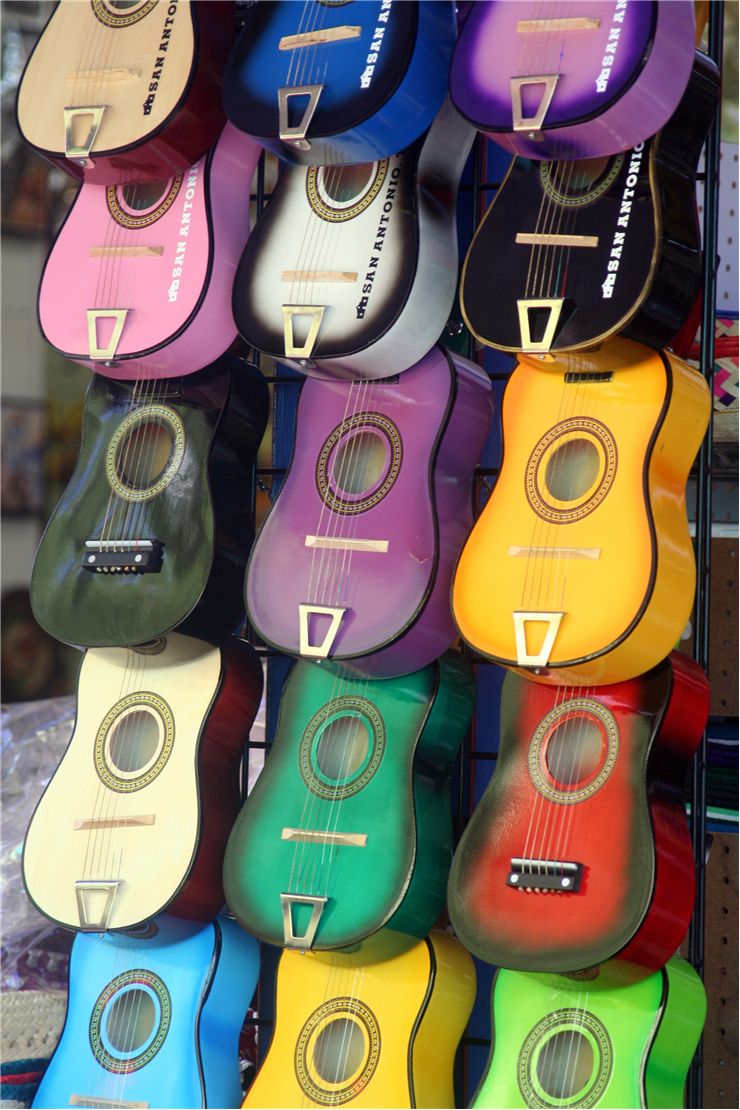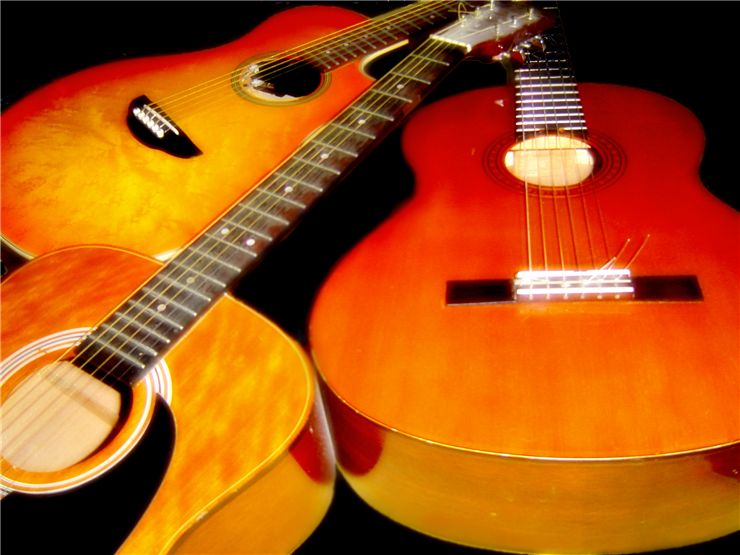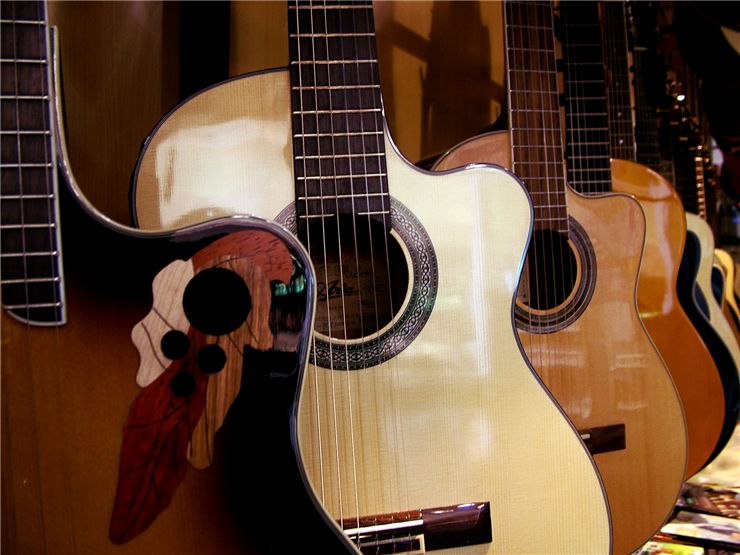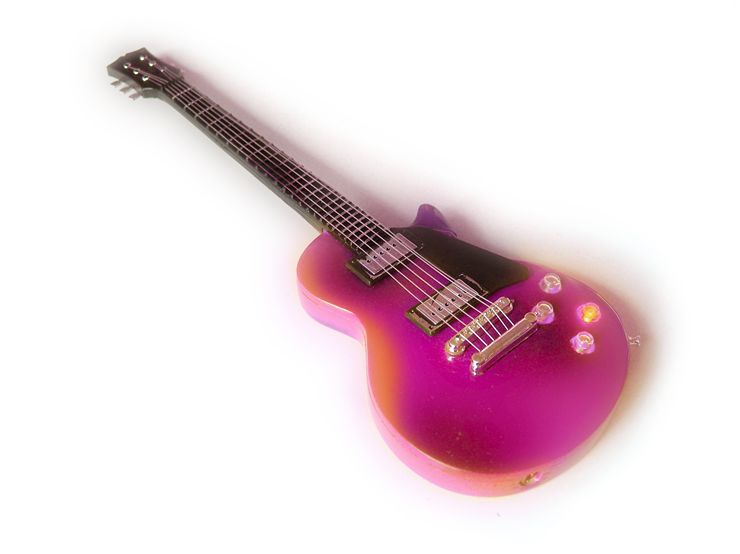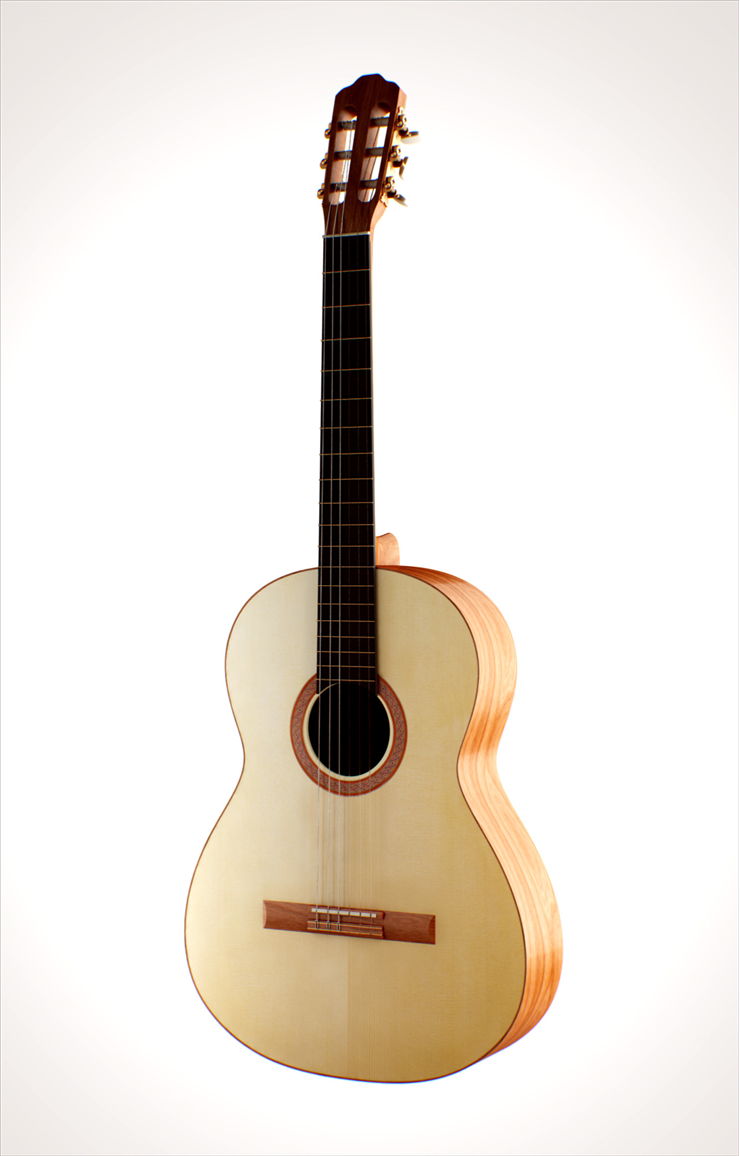Different Categories and Types of Guitars
Acoustic guitars
The most basic form of guitar that was used since ancient times. It was modified with each new passing century into new forms, most notably classical guitar that was introduced in 1890 by Spanish guitarist Antonio Torres. There are many forms of acoustic guitars, most notably flat topped (folk) guitar, flamenco guitars, numerous classical guitars, twelve string guitars, arched top guitars and every other guitar that is not amplified with electricity. That includes bass guitars on other guitars that are tuned to play in different registers.
Classical guitar
Classical acoustic guitar that we know today was used for centuries, but its modern form was established by Spaniard Antonio de Torres Jurado in 1890. This guitar is played usually in seated position.
Electric guitars
Popularized after 1930s when Adolph Rickenbacker managed to amplify sound of acoustic guitar, this instrument became cornerstone of many modern musical genres such as Jazz, Rock and Pop. They don’t have to have hollow body that can sustain accosting resonance, and must be powered by the amplifier who can create metallic sound with a lengthy decay. Their strings are usually thinner than with acoustic guitar, enabling much more precise control over the sound.
Electro-acoustic guitars
Guitars that have acoustic bodies, but also feature magnetic pickups so that they can be connected to amplifiers. Many modern guitars feature this capability.
Twelve-string guitars
Popular variation of the ordinary 6-string acoustic guitar, which features thinner set of strings alongside normal set of 6 strings. Those pairs must be plucked simultaneously, enabling users of old guitars to easily use 12 string variant. They have become popular because of their brighter and jangly tones that they can produce, and are mostly used as rhythm guitars.
Arch top guitars
This type of guitars uses six steel strings, but their top and sometimes back of the instrument are carved from solid billet in a curved shape. This makes its construction very similar to the design of a violin, together with a violin inspired f-hole. Modern versions of Arch top guitars often have both acoustic and electric capabilities, and are used in Jazz and Country music.
Flamenco guitars
Flamenco guitars are sub-type of classical guitars, but created to be lighter with a spruce top and cypress body. Because tapping of the fingernails or palms on the body of the Flamenco guitars is a one of the most distinguishing elements of that musical style, all Flamenco guitars have tapping plates glued to their table.
Steel guitars
Steel guitars are rare today. They are created to be used when they are set horizontal across the players lap. This tradition originated from Hawaii, where musicians developed new ways of handling the stringed instruments. They are created in two forums – lap steel guitar and pedal steel guitar, which can have extra necks that in some cases resembles of harp.
Resonator guitars
Resonator guitars are famous for their loud and clear sound. They don’t have regular sound hole, but they acquire vibrations directly from the wires via a cone that resembles audio loudspeaker, with holes on the edge of the cone. Sound is not exiting that central area, but is projected outwards toward perforated plate on the guitar’s top.
Bass guitars
Long neck and thick strings enable these guitars to reproduce range of notes that is achieved with lowest four strings of the normal guitar, but pitched to a lower octave. They are used in rhythm sections of many musical genres. They can be both acoustic and electric.
Double-neck guitars
Traditionally made as two necked guitar with one neck having six strings, and another neck with 12 strings. Electric guitar can also have two necks, each one attached to the differently configured amplifier. Other combinations also exist.
